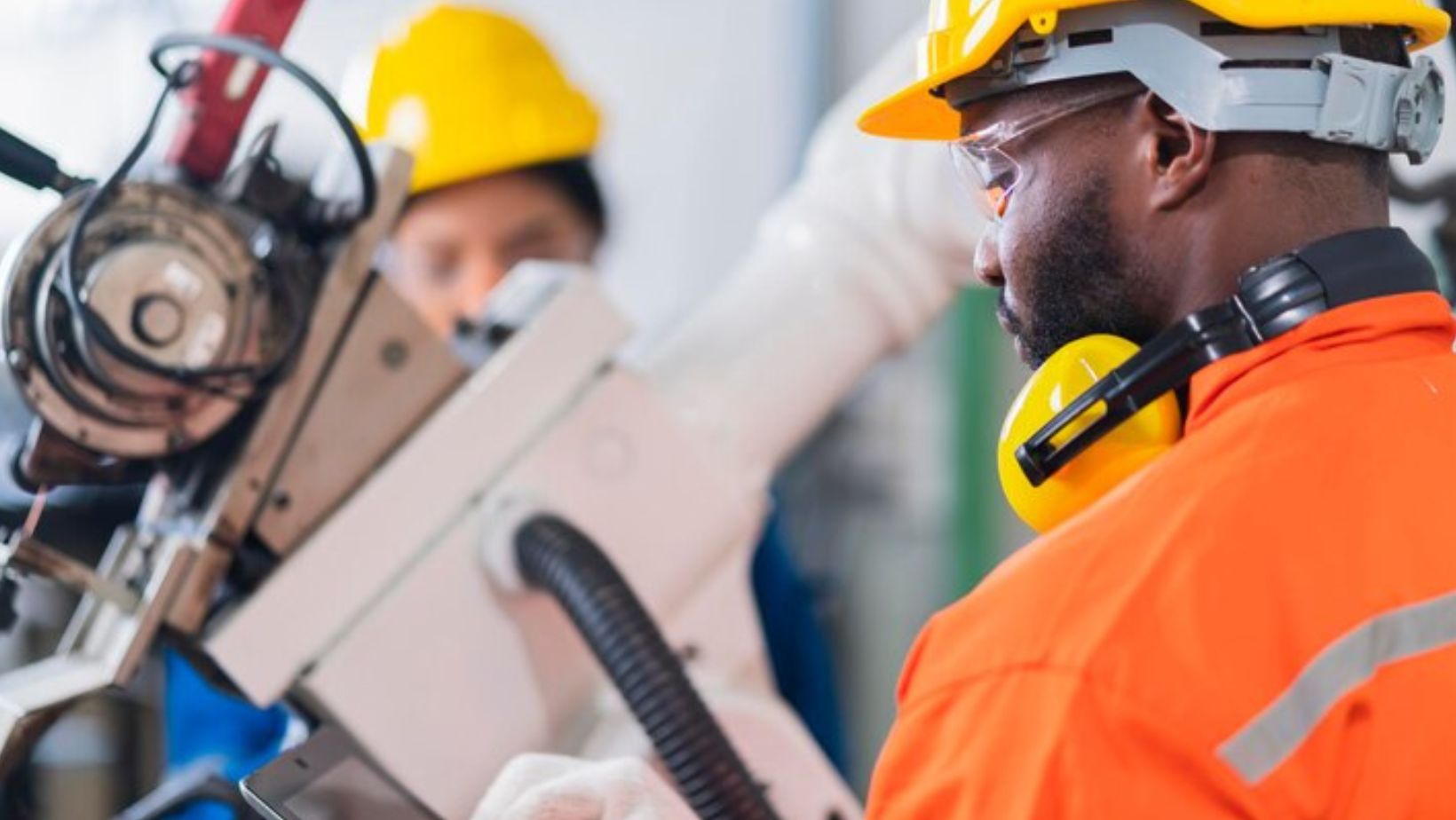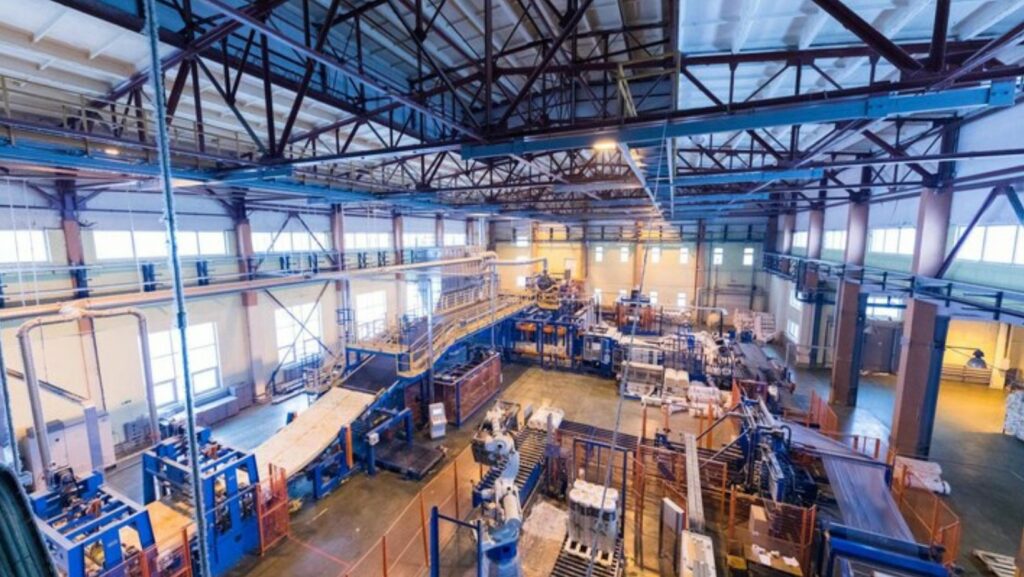In the ever-evolving landscape of global defence, the maintenance and upkeep of military equipment are critical for operational readiness and national security. As military forces around the world seek to maintain a state of constant readiness, the role of industrial equipment suppliers in defence maintenance has become increasingly significant. These suppliers, including Bendtech Defence, are not just providing tools and machinery; they are also innovating and integrating advanced technologies to ensure that military hardware remains at peak performance.
The Importance of Advanced Industrial Equipment
Military operations often take place in harsh environments, subjecting equipment to extreme conditions that can accelerate wear and tear. To mitigate these effects, advanced industrial equipment is essential. Modern defense maintenance demands tools and machinery that are not only robust and reliable but also adaptable to a variety of tasks. This is where industrial equipment suppliers play a crucial role.
One of the significant innovations in this field is the integration of predictive maintenance technologies. They use data analytics, machine learning, and IoT (Internet of Things) sensors to monitor the condition of equipment in real time. By analyzing this data, teams can predict when a component is likely to fail and perform before it happens. This approach reduces downtime and extends the lifespan of equipment, ensuring that military assets are always mission-ready.
Enhancing Efficiency with Automation
Automation is another area in which industrial equipment suppliers make substantial contributions. Automated systems can execute repetitive tasks with higher precision and consistency compared to human workers. For example, automated diagnostic tools can quickly identify faults in complex machinery, while robotic systems can carry out repairs with a high degree of accuracy. This not only hastens the process but also lowers the likelihood of human error.
Furthermore, the use of unmanned systems for the tasks is becoming increasingly common. Drones and robotic vehicles can inspect hard-to-reach areas, such as the undersides of aircraft or the interior of large vessels, without the need for human intervention. This capability is particularly valuable in hazardous environments where safety is a concern.
The Role of 3D Printing in Defence Maintenance
3D printing, or additive manufacturing, is another groundbreaking innovation transforming defense maintenance. Industrial equipment suppliers are now offering 3D printing solutions that enable the rapid production of spare parts and components. This technology allows the teams to create custom parts on demand, reducing the need for large inventories and minimizing downtime.

For example, if a specific part of a military vehicle is damaged in the field, a replacement can be printed on-site within hours. This capability is especially beneficial in remote locations where traditional supply chains might be slow or unreliable. Additionally, 3D printing allows for the production of parts with complex geometries that would be difficult or impossible to manufacture using traditional methods.
Integration of Augmented Reality (AR)
Augmented reality (AR) is another technology that is being integrated into defense maintenance practices. AR overlays digital information onto the physical world, providing the personnel with real-time guidance and information. For instance, AR can be used to display step-by-step repair instructions directly onto the machinery being worked on, reducing the likelihood of errors and speeding up the repair process.
AR can also facilitate remote assistance, allowing experts to provide guidance from a different location. A technician in the field can wear AR glasses that stream video to an expert who can then offer real-time advice and instructions. This capability is particularly useful in situations where specialized knowledge is required but experts are not available on-site.
The Importance of Collaboration and Training
While advanced technologies are crucial, the successful implementation of these innovations depends on effective collaboration between industrial equipment suppliers and defense organizations. Suppliers need to have a deep understanding of the unique challenges faced by the military and work closely with them to develop tailored solutions.
Training is also a vital component. These personnel must be adequately trained to use new equipment and technologies effectively. This includes not only technical training but also familiarization with new protocols and procedures. Suppliers often provide comprehensive training programs to ensure that military personnel can maximize the benefits of their equipment.
Looking Ahead: Future Trends
The future of defense maintenance will likely see further integration of advanced technologies. Artificial intelligence (AI) will play an increasingly prominent role, enabling more sophisticated and automated decision-making processes. AI-powered systems can analyze vast amounts of data to identify patterns and make recommendations, further enhancing the efficiency and effectiveness of operations.

Moreover, the continued development of advanced materials will lead to more durable and resilient military equipment. Innovations in materials science could result in components that are lighter, stronger, and more resistant to environmental stresses, reducing the frequency and costs.
Final Thoughts
The role of industrial equipment suppliers in defence maintenance is pivotal. By providing advanced tools and technologies, these suppliers help ensure that military equipment remains in optimal condition, ready to meet any challenge. Companies like Bendtech Defence are at the forefront of this innovation, developing solutions that enhance the efficiency, effectiveness, and safety of defense maintenance operations.

